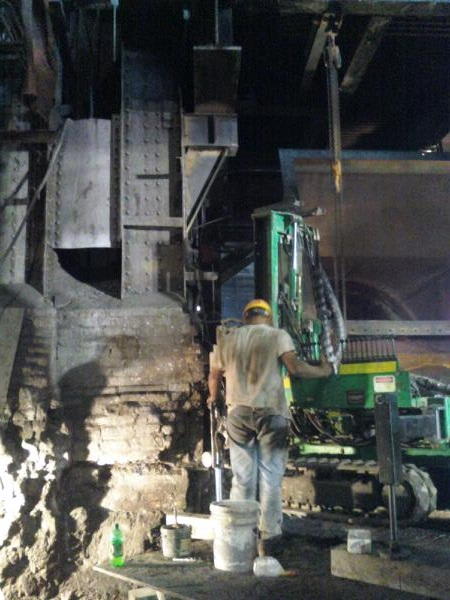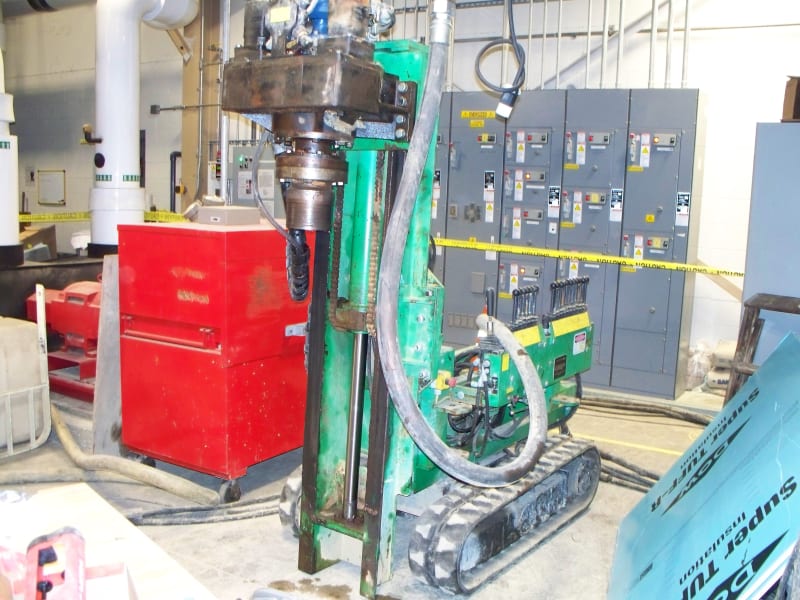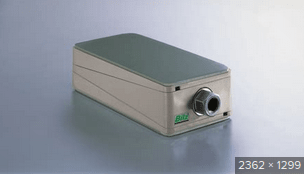bones206
Structural
- Jun 22, 2007
- 1,998
Background:
I'm designing a foundation for a high-precision CNC lathe unit. It weighs about 70,000 lbs and will be installed in an existing building. Based on prior experience at this site, I'm expecting a uniform fill layer of very loose sandy gravel between 8 and 20 ft down to ledge. We've seen excessive settlements and inexplicable voids/sinkholes during excavations for new foundations in past projects at this site. The ledge slopes and the site pad was brought level with fill sometime prior to 1960. Our geotech has historically never gone higher than 1,500 psf allowable bearing for anything to be founded on the sandy gravel at this site.
Question:
Does anyone have experience using post-tensioned rock anchors to provide stability and movement control for a high-precision machine foundation pad? The manufacturer's drawings indicate a super thick (~5 ft) foundation, but say final design is based on site conditions and EOR's judgement. My thought is that a 2 ft thick slab with some post-tensioned rock anchors would be more constructible, given the space constraints within the building. But it's more of a hunch at this point and I'm curious if anyone has experience with this approach.
I'm designing a foundation for a high-precision CNC lathe unit. It weighs about 70,000 lbs and will be installed in an existing building. Based on prior experience at this site, I'm expecting a uniform fill layer of very loose sandy gravel between 8 and 20 ft down to ledge. We've seen excessive settlements and inexplicable voids/sinkholes during excavations for new foundations in past projects at this site. The ledge slopes and the site pad was brought level with fill sometime prior to 1960. Our geotech has historically never gone higher than 1,500 psf allowable bearing for anything to be founded on the sandy gravel at this site.
Question:
Does anyone have experience using post-tensioned rock anchors to provide stability and movement control for a high-precision machine foundation pad? The manufacturer's drawings indicate a super thick (~5 ft) foundation, but say final design is based on site conditions and EOR's judgement. My thought is that a 2 ft thick slab with some post-tensioned rock anchors would be more constructible, given the space constraints within the building. But it's more of a hunch at this point and I'm curious if anyone has experience with this approach.




